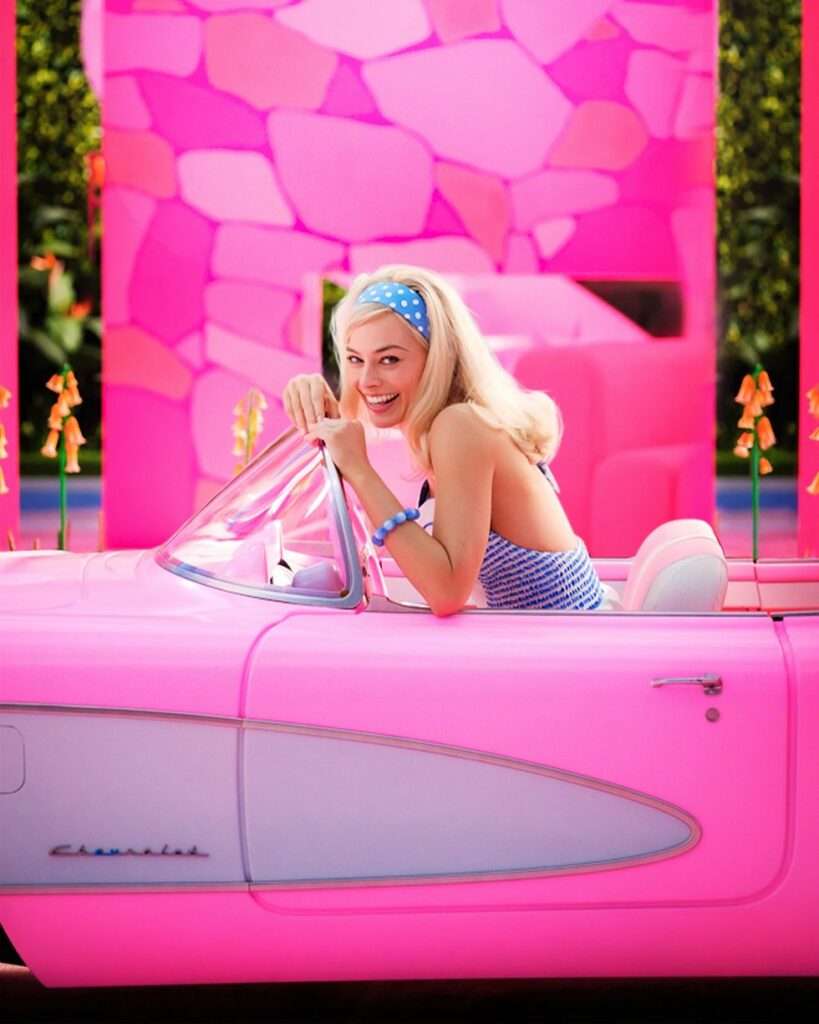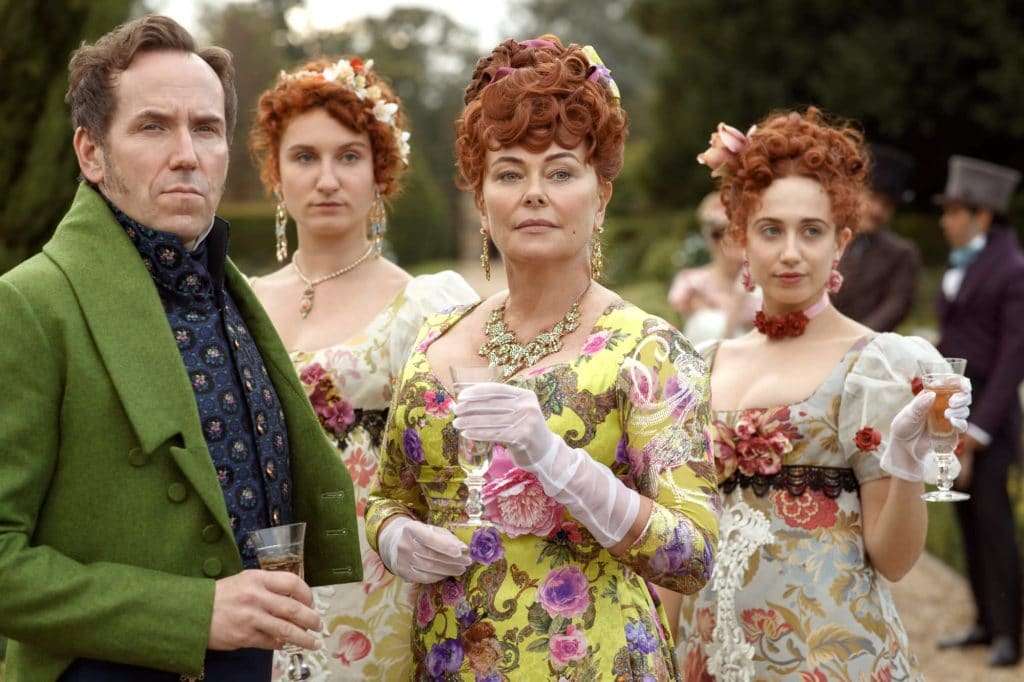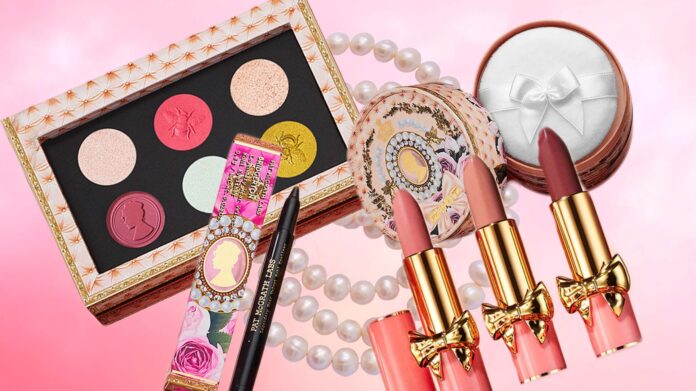From “Barbie” to “Bridgerton”, beauty products are getting the themed limited-edition treatment at the expense of the planet.
When she attended the 2024 Oscars wearing a black strapless gown, Margot Robbie signaled to the world that the “Barbie” era was officially over. In the months before and since the release of Barbie last July, the actor graced every red carpet event with a look inspired by the iconic doll. The dress sent a signal that “Barbie” fever had finally to come to an end. As Robbie moves on to a new project (she recently announced a movie based on the PC game “The Sims” is in the works), fans of the instant classic will move on to a new fixation. With the highly anticipated “Wicked” movie set for release at the end of this year, Elphaba green is likely to start dominating the shelves very soon. Barbie will be left in the dust — along with all of the merchandise she inspired.

The beauty industry loves a marketing opportunity, and, in the era of streaming, popular TV shows and hit movies offer the perfect branding for new limited-edition collections. They’re often the same, or very similar, products to those they already produced, just in different packaging. Unsurprisingly, the commercial success of “Barbie” inspired multiple cosmetics brands to launch movie-themed collections. NYX, Revlon, OPI, Glow Recipe, Moon, and Truly Beauty, for example, all jumped on the bandwagon.
This year, the third series of regency drama “Bridgerton” will hit Netflix, and in anticipation of the release, Bath & Body Works has already launched a new collection inspired by the hugely popular Shondaland show. In February, Rimmel partnered with Marvel to launch a limited-edition collection in celebration of the release of “Madame Web”, which later turned out to be a box office flop. On the surface, these collections seem like harmless novelty fun. But in reality, they are fueling the beauty industry’s monumental waste problem.
The beauty industry has a serious problem with waste
Most mainstream beauty products are packaged in plastic, which, of course, does not biodegrade. The plastic goes into the trash and makes its way to the landfill, where it will stay for centuries, leaching toxic microplastics into the soil and contributing to harmful greenhouse gas emissions. Every year, research suggests the beauty industry produces at least 120 billion tonnes of packaging waste. Even if some of that is recyclable, it usually ends up in the trash anyway. Research from the British Beauty Council notes that around 95 percent of cosmetic packaging is thrown out.
But it’s not just packaging that’s an issue—product waste is also a big problem. When consumers stocked up on “Madame Web” mascara, they might have done so in anticipation of heading to the movie theater, only to be disappointed when they got there (the movie scores just 12 percent on Rotten Tomatoes). Suddenly, that Rimmel mascara might not seem so appealing anymore, and end up discarded at the bottom of the beauty bag. Eventually, it might make its way into the trash during a much-needed clear-out, alongside plenty of other non-Marvel-flop-associated products that didn’t live up to the hype and were left unused.

There are no official statistics for beauty product waste, but there’s no doubt that plenty of discarded beauty products are sitting in landfills, whether they’re unsold brand inventory or simply unwanted items from consumers. Talking about the scale of the unsold inventory problem, beauty CEO Marie Drago told Cosmetics Business: “In my opinion, the waste of beauty products that we never see in the consumer world must be as big as the industry’s packaging problem.”
“We have trained the consumer to expect and look for innovation because we keep on churning out new things,” added Pure Culture Beauty founder Joy Chen to the publication.
We often rightly call out fast fashion for its wasteful practices, but fast beauty is just as detrimental to the planet. And it’s only going to keep getting worse. In 2022, the global cosmetics market was valued at more than $262 billion, and it’s expected to expand at a compound annual growth rate of 4.2 percent from now until 2030.
Unlike with clothing, buying secondhand beauty products isn’t recommended (for obvious hygiene reasons), but that doesn’t mean it’s not possible to make more conscious decisions around cosmetics. Take the time to research good quality products, which will help to reduce the chance of having to throw them away before they are finished, and try to choose brands that prioritize low-waste, sustainable practices, too. You can find some of our top recommendations here.
Related on Ethos:


